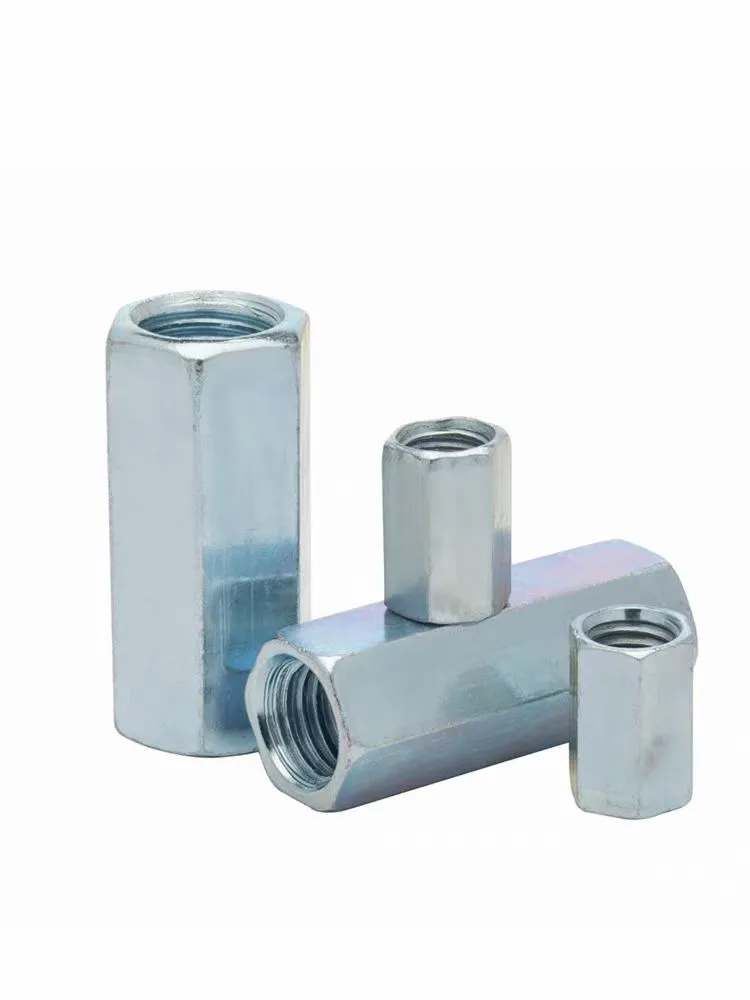

Exploring the Advantages of Self-Drilling and Self-Tapping Screws in Modern Construction Projects
Th8 . 08, 2024 12:15 Back to list
Exploring the Advantages of Self-Drilling and Self-Tapping Screws in Modern Construction Projects
Understanding Self-Drilling and Self-Tapping Technologies A Comprehensive Overview
In the realm of construction and manufacturing, fastening technologies play a crucial role in ensuring that structures and components fit together securely and reliably. Among these fastening techniques, self-drilling and self-tapping screws have emerged as versatile and efficient solutions, streamlining installation processes across various industries. This article delves into the nature, applications, advantages, and distinctions between self-drilling and self-tapping technologies.
What Are Self-Drilling and Self-Tapping Screws?
Self-drilling screws, often referred to as Tek screws, are engineered with a unique drill-shaped tip. This design allows them to create their own pilot hole as they are driven into materials. By eliminating the need for pre-drilling, self-drilling screws significantly reduce installation time and labor costs.
On the other hand, self-tapping screws are crafted with a sharp tip and threaded shank designed to cut into the material as they are screwed in. Unlike self-drilling screws, self-tapping screws require a pre-existing hole to engage correctly. However, some self-tapping screws can create their own hole in softer materials, but the process is less efficient compared to their self-drilling counterparts.
Applications of Self-Drilling and Self-Tapping Screws
Both self-drilling and self-tapping screws find extensive use in various applications
1. Construction Self-drilling screws are particularly popular in metal roofing and siding applications. Their ability to penetrate metal without pre-drilling enhances efficiency and ensures a tight seal, preventing moisture penetration.
2. HVAC In heating, ventilation, and air conditioning systems, these screws are used to secure ductwork and other metal components, facilitating quick and reliable installations.
3. Automotive The automotive industry frequently employs self-tapping screws for assembling parts like door trims, engine components, and chassis elements, taking advantage of their strength and security.
self drilling self tapping

Advantages of Self-Drilling and Self-Tapping Screws
The adoption of self-drilling and self-tapping screws comes with numerous benefits
- Speed The primary advantage is the significant reduction in installation time. Self-drilling screws eliminate the pre-drilling step, allowing for faster assembly.
- Cost-Effectiveness By reducing labor time and the need for additional tools, these screws can lead to lower overall project costs.
- Versatility These fasteners can be used in various materials, including metal, wood, and plastic, making them adaptable for diverse applications.
- Strong Bond The design of both self-drilling and self-tapping screws allows for a secure and stable connection, which is essential in maintaining the integrity of structures and systems.
Conclusion
In conclusion, self-drilling and self-tapping screws represent significant advancements in fastening technology that address the demands of modern construction and manufacturing. Their efficiency, versatility, and cost-effectiveness ensure their place in various industries. Understanding the differences and applications of these two types of screws is essential for professionals looking to optimize their installation processes and enhance overall project outcomes. As technology continues to evolve, we can expect further innovations in fastening solutions that will maintain or even elevate these advantages.
Latest news
-
Similarities and Differences Between Plain Washer and Spring Washer - Fastener Comparison Guide
NewsJun.10,2025
-
Effortless Installation Self-Drilling Window Screws - Fast, Secure, and Durable Fasteners
NewsJun.10,2025
-
Self Drilling Stucco Screws for Fast, Secure Installation Self Tapping & Self-Tapping Fasteners
NewsJun.10,2025
-
Premium Hot Dipped Galvanized Self Tapping Screws - Durable Corrosion Resistance
NewsJun.09,2025
-
Discover M12 Weld Stud Benefits & Applications Guide
NewsJun.09,2025
-
M25 Stainless Steel Washers High-Durability Fasteners for Corrosion Resistance
NewsJun.09,2025

